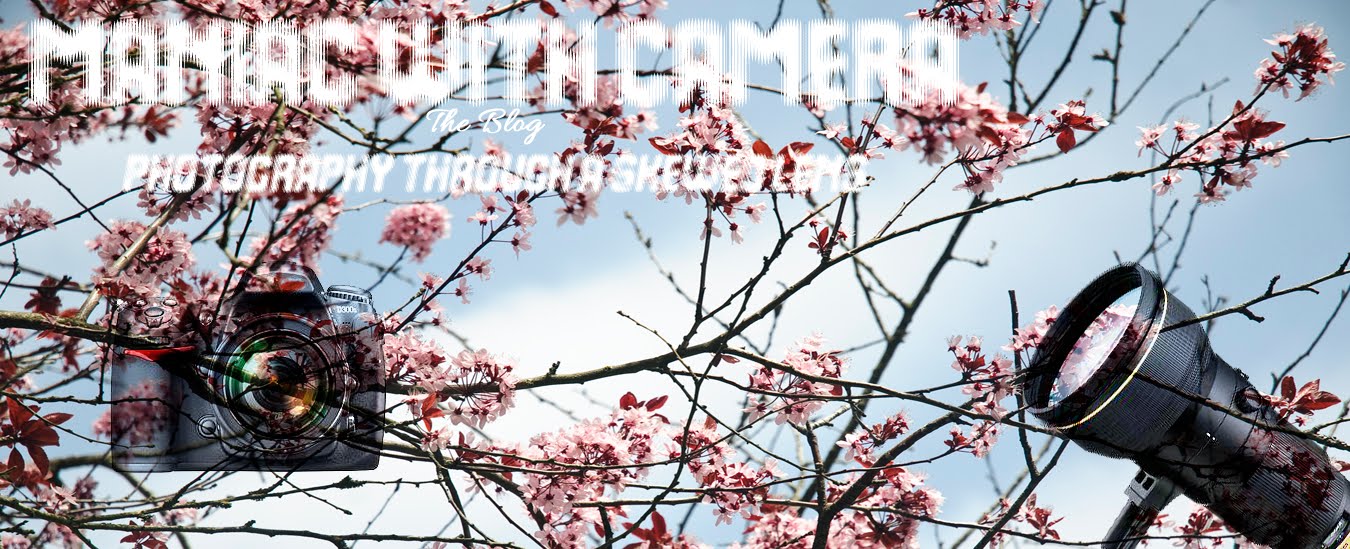First of all you need proper foot gear to go tromping out in the woods. Most outdoors types hate the ankle high hiking boots of yesteryear with the heavy soles. Sure it's great if you're on a construction site and you've got steel-toes, but do you need that for traipsing around the woods? No. The best tool that you have is your eyes and a light set of good trail runners. Make certain of your step and footing before you take the next one. Unless you're climbing on logs, you don't need to worry about your ankles. And if you're wanting to climb on logs and do something stupid; try to stay away from trails and the outdoors. The outdoors can kill you without trying and you don't have to do stupid things and risk your neck to get killed. Just stay out without enough proper warm clothing and hypothermia will get you.

My Hiking Shoes (trail runners) - Nike Air Alvord 8s: Notice the heel and the good tread - needed for grip...
There is a saying in the outdoor community: "Killer Cotton". Why? Because cotton, that wonderful natural fabric sucks as outdoor-wear. When cotton gets wet; it stays wet and it doesn't breathe. Water and sweat stays trapped in the fibre and you end up with a sopping rag covering half your body. Cotton has resulted in many deaths of outdoor adventurers.
What do I wear in place of a cotton t-shirt? I wear "UnderArmour" or like-clothing with moisture-wicking fabric. Sportek creates UnderArmour-similar fabric t-shirts and long-armed undershirts for this purpose for less cost than Underarmour. They also make underwear in the same fabric as well as compression long pants to keep you cool and dry down there as well. Then all you have to do is throw some goretex or other rain resistant material over-clothing on top and you're all set to get out in the wild. Fleece is also a good material (it sucks when it gets wet, but you can use it in colder weather under goretex and over the Underarmour longsleeved breathable fabric to stay warm.
They say: dress in layers when you go into the outdoors. Sweat and moisture kills. You need to be able to strip off layers in order to allow your body to regulate it's temperature. If you are sweating, it means your body is too warm. That means it's time to shed a layer and throw it in your backpack. Remember the mnemonic: Cool and Dry Stays Alive. Frankly, experienced outdoorsmen don't allow their bodies to sweat because they wear the bare minimum to stay warm and pace themselves in order to not get hot enough to sweat. This also means take lots of water and stay hydrated.
There are three layers: Your base layer, your middle layer and your outer layer.
Your base layer is the layer of clothing closest to your bare skin. This means that you should wear something like UnderArmour (long-sleeved shirt or t-shirt depending on whether it's winter or summer), long underwear, and socks (yes, Underarmour makes socks too). This fabric wicks moisture away from your body and allows it to evaporate.
Your middle layer should be something like fleece, polyester or wool. This is a layer primarily used to stay warm and if you feel the slightest bit warm enough to sweat, you need to take it off. Wool take a long time to dry when wet and should be avoided, but fleece tends to be a better substitute for wool. Avoid down. When it gets wet, it loses all insulating capability and it will not dry unless you throw it into a dryer and you don't have one of those in the wild. The middle layer should also be able to wick moisture from your base layer and out.
Your outer layer is the shell; which needs to be resistant against incoming moisture from the exterior and be able to evaporate your moisture from inside. This primary shell material should be Gore-tex as it doesn't allow environmental moisture to penetrate yet allows the moisture wicked from the inner materials to evaporate out into the environment. Unless it is raining or snowing, this shell is rarely ever worn.
So to encapsulate the three layer system of staying alive in the outdoors (in terms of outdoor clothing):
- The first layer wicks moisture away from your body.
- The second layer traps body heat in order to keep you warm.
- The third layer sheds water and snow...and repels wind.

No comments:
Post a Comment